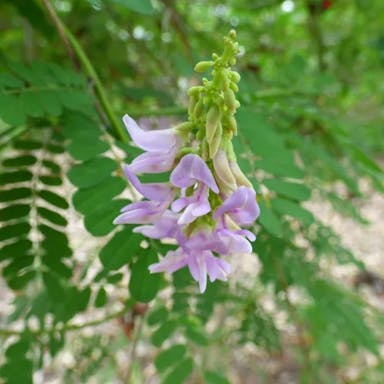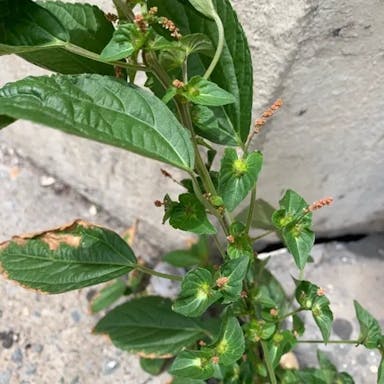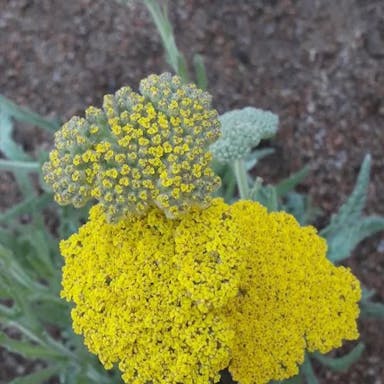Needle spike-rush, scientifically known as Eleocharis acicularis, is a perennial aquatic plant belonging to the Cyperaceae family. It is native to North America, Europe, and Asia, commonly found in shallow waters of ponds, lakes, and marshes. This plant is characterized by its slender, needle-like stems that can reach up to 12 inches in height, forming dense clusters. Eleocharis acicularis produces small, inconspicuous flowers that are light brown in color. The fruit of this plant is a small achene. It is a popular choice for aquariums and water gardens due to its delicate appearance and ease of cultivation. This plant is often used to create a natural-looking carpet effect in aquatic environments. It thrives in full sun to partial shade and prefers moist to wet soil conditions. With proper care, Eleocharis acicularis can spread rapidly and provide a lush green carpet in underwater landscapes.
0
0











